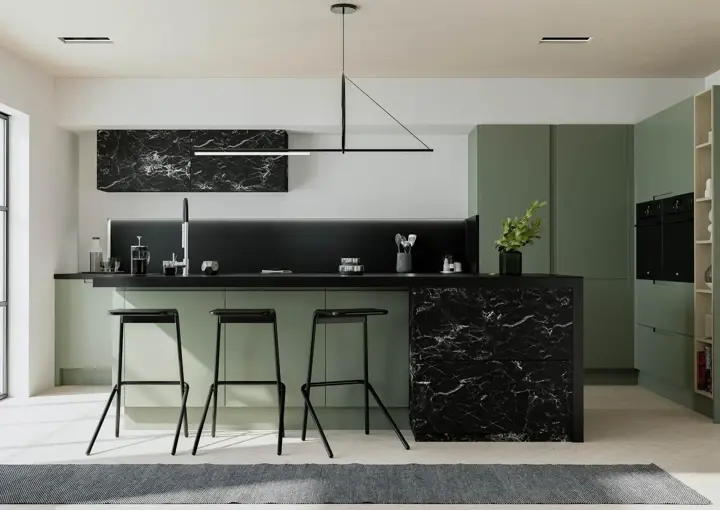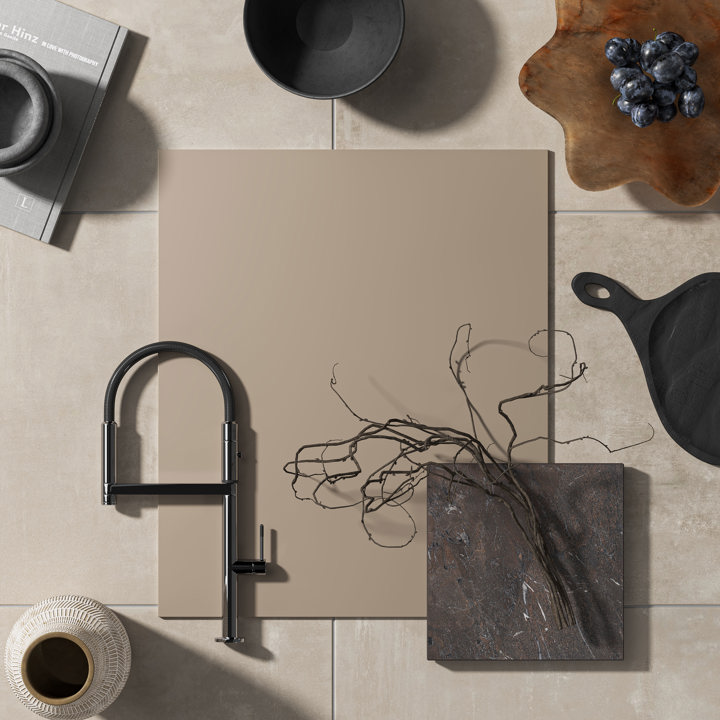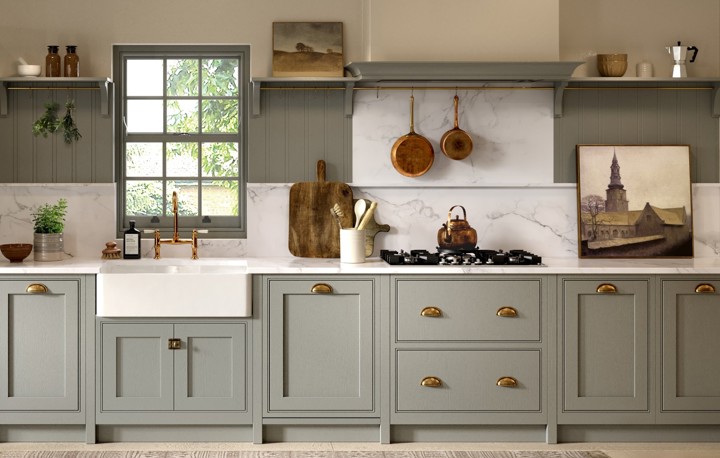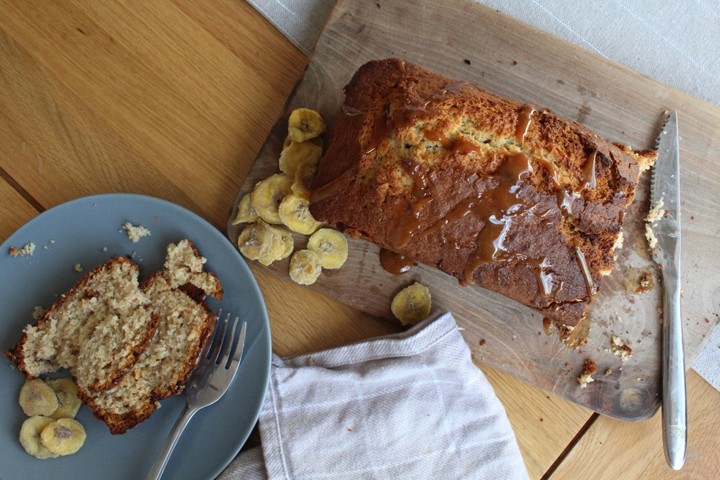Designing a contemporary kitchen is all about creating a space that feels clean, cohesive, and effortlessly stylish. At Life Kitchens, we believe in blending form and function to craft kitchens that feel distinctly modern, while still being uniquely yours.
Whether you're renovating or starting from scratch, these expert tips will help you achieve the sleek, streamlined look that defines contemporary kitchen design.
Contemporary Kitchen Design Tips
Monochromatic Colour Palettes
Using just one colour, with sparing splashes of an accent colour, is a place to start when it comes to contemporary kitchen design. Neutral tones like White, Dove Grey, and Slate make great bases to play with, keeping your overall colour scheme clean and uncluttered.
This doesn’t mean you can’t have bold colours - just take a look at this stunning modern Porter kitchen.
Clean Lines
A defining feature of contemporary kitchen design is its emphasis on clean, uninterrupted lines. This design principle creates a visual sense of calm and order, helping the space feel more open, structured, and harmonious. Straight lines and smooth surfaces reduce visual noise, making every element feel intentional and well-balanced.
Achieving this look requires careful attention to layout, cabinetry, and surface finishes. Consider using slab-front doors, flush-fitting worktops, and integrated appliances to maintain a continuous flow.
Open shelving can be replaced with minimalist wall cabinetry or full-height larders to keep the sightlines clear and clutter-free. The overall result is a kitchen that feels effortlessly elegant and easy to navigate.
Opt For Handleless
Handleless kitchen design is a cornerstone of the contemporary look. By eliminating protruding hardware, you maintain smooth surfaces and a sleek silhouette across your cabinetry. What might seem like a small design tweak actually has a significant visual impact - enhancing flow and consistency throughout your space.
There are several ways to achieve a handleless effect, each offering a unique aesthetic and level of functionality. Integrated J-pull handles, which are built into the top of cabinet doors, provide a subtle, ergonomic solution without adding visual bulk. Alternatively, push-to-open mechanisms remove the need for any visible detailing altogether, creating a completely uninterrupted façade.
Beyond the visual benefits, handleless cabinetry is also practical. With no handles to bump into or catch clothing on, your kitchen becomes not only more stylish but also more user-friendly - especially in smaller or high-traffic areas.
Include An Island
A kitchen island is more than a design feature - it’s the centrepiece of a contemporary kitchen. It anchors the space, encourages social interaction, and provides a wealth of practical benefits. Whether used for cooking, casual dining, or extra storage, a well-designed island brings both form and function to the heart of your kitchen.
Islands are particularly valuable in open-plan layouts, helping to delineate the kitchen from adjacent living or dining spaces without the need for walls or barriers. They also offer the opportunity to incorporate additional appliances, such as a hob, sink, or wine cooler, further streamlining your kitchen workflow.
From a design perspective, an island is the perfect place to introduce contrast or texture, whether through a statement worktop, feature lighting above, or a bold accent colour in your cabinetry. Done right, it becomes both a functional hub and a striking focal point.
Integrate Your Appliances
No more bulky microwaves taking up space on your work surfaces - instead, elevate your contemporary kitchen by integrating your oven, dishwasher, and sink into your kitchen space.
For appliances like your fridge, freezer, and washing machine, you can also opt to store them behind cabinet doors so they don’t interrupt the clean lines of your space. Without bulky objects jutting out, your kitchen will feel bigger, with a more cohesive and contemporary feel.
Contemporary V. Modern Kitchen Design
Contemporary and modern kitchens are similar, but have some core differences to consider when it comes to planning your dream kitchen:
- While modern kitchens downplay colour, sticking to white or black, contemporary kitchens allow you more leeway to experiment with various colourways and two-tone designs.
- Contemporary kitchens play with texture, such as fluted glass, wood, and tiles, whereas modern kitchens prefer cleaner, more minimalistic design choices.
- Modern kitchens focus more on minimalism, and prioritise removing as much clutter as possible. On the other hand, contemporary kitchens can offer more space for ornamentation and finishing touches.














